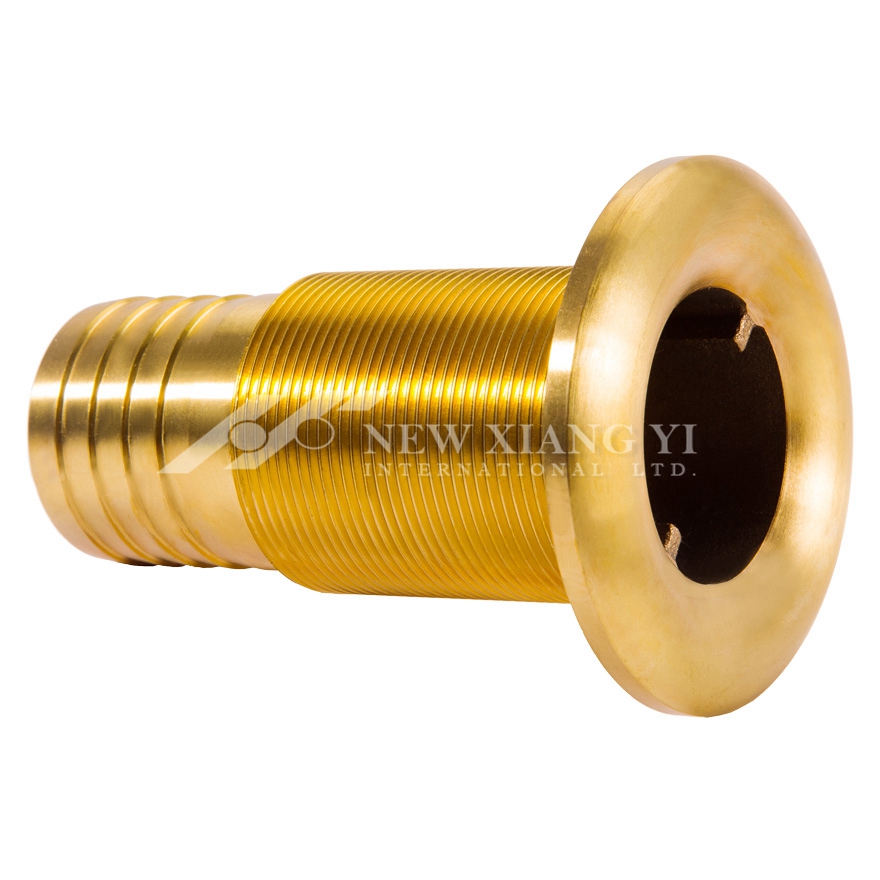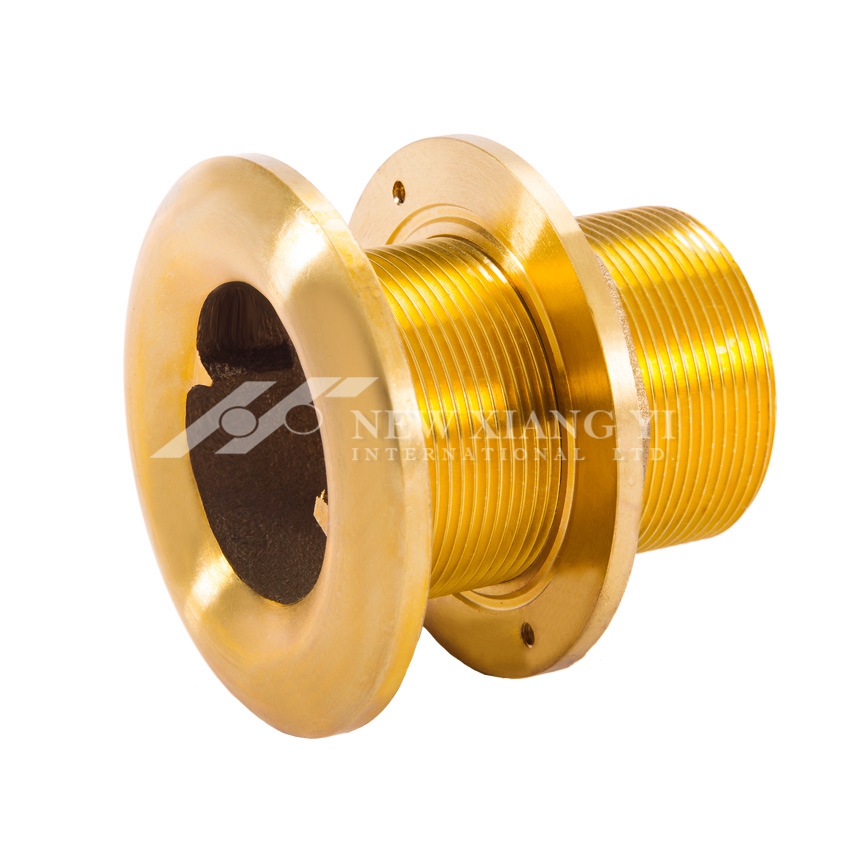
Marine Hardware
Preparing boat for spring
Thru-hulls: Preparing Your Boat For Spring
Do a quick internet search and you’ll find endless spring boat preparation checklists. Responsible boaters realize how important it is to ensure their boat is safe and ready to use for the season. Why then did Boat U.S. find that 34% of boat sinkings are caused by wear, tear or corrosion of a part below the waterline? What are boaters overlooking or skipping on their yearly checklists?
The answer? marine Thru-hull.
Remember the first rule of boating: “Keep water out of the boat.”
Since our first rule of boating is to keep water out of the boat, thru-hulls rank high on the priority list. Some thru-hulls may be in locations that are difficult to reach and that seemingly require the contortive skills of a child gymnast.
Even so, if you avoid thru-hull inspection, service, and maintenance, you increase your risk of taking on water and possibly sinking your boat.
Types of thru-hullsThru-hulls:

Traditional
The original thru-hull is a bronze Blakes type. Common for many years, this style of thru-hull has proved very reliable. It is made with a tapered, hollow plug which fits into a body with a matching taper. Both the plug and the body have matching sized apertures. When the plug is rotated so the apertures are in line, the valve is open.
Newer styled bronze valves or seacocks are made of dezincification resistant brass (DZR). This type of brass is more resistant to corrosion from salt water.
Gate valve
In a thru-hull fitting with a gate valve, a circular gate is screwed down into the body of the valve to close off the bore. Older boats have these types of thru-hulls.
Ball valve
Ball valve thru-hulls are seen in many newer boats. Ball valves have a rotating ball within the bore. The ball has a hole all the way through it. When the ball is twisted so its hole is in line with the bore, the valve is open. A 45-degree turn is required to close the valve.
Plastic
Plastic has become the material of choice for many long-distance cruisers. There is no galvanic or electrolytic corrosion. Plastic thru-hulls require minimal maintenance and the products produced by certain brands are of very high quality.
Inspecting your thru-hulls
Spring a great time to locate and inspect all your thru-hulls.
Ask yourself:
Many skippers are surprised at how difficult some thru-hulls are to access. Imagine how much harder that access will be if your boat is filling with water. Proper care and maintenance of your difficult to reach thru-hulls will decrease your risk of having to access the thru-hull in a crisis situation.
Servicing and maintaining your thru-hulls
The number one thing to do to keep your thru-hulls in good working order is to exercise them. To exercise your thru-hulls, turn the valves and open and close each thru-hull several times. Do this before putting your boat in the water.
If your boat is slipped and is always in the water, set up a simple calendar reminder to exercise the thru-hulls every couple of months and ensure they will not seize up.
Some bronze thru-hulls can be disassembled for cleaning and they have zerk fittings to grease. Disassembly is typically not necessary unless there’s a problem, but greasing should be done annually. The only other maintenance is ensuring internal passages are clear of obstructions like marine growth.
Remember those hoses
Hoses need attention too. Hoses, especially below the water line should be double clamped. Clamps can loosen over time due to vibration. Check and tighten clamps as part of your spring preparations. Hoses, especially those connected to mains, deteriorate over time. To check for deterioration, squeeze the hose along its length and make sure it feels firm. The rule of thumb is to expect to replace engine and genset hoses every 5 years.
How old are your hoses?

www.nxymarine.com
categories
recent posts
copyright © 2025 XIANG YI INTERNATIONAL LTD..all rights reserved. powered by dyyseo.com

ipv6 network supported